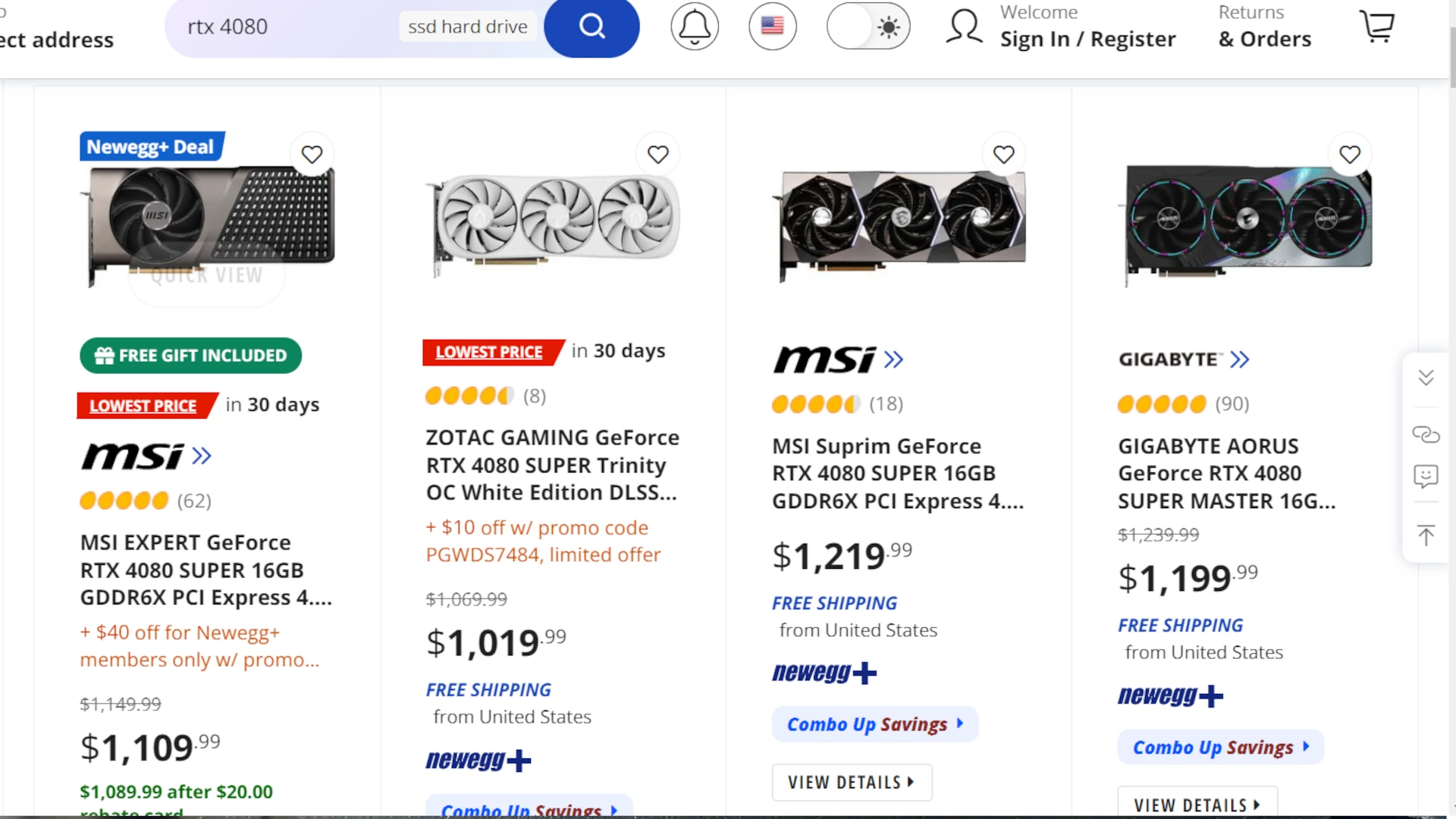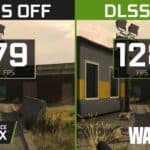When shopping for a video card, consumers may wonder if different brands offering the same model of GPU provide the same performance and features. While the core technology, the GPU chip itself, is manufactured by either AMD or Nvidia, third-party manufacturers like EVGA or Sapphire add their own components and enhancements. These can include varied cooling systems, factory overclocking, and custom aesthetic designs.
The differences between the cards from various manufacturers lie in details such as video ports, types of cooling solutions used, and the quality of power delivery. While they all start with the same base GPU model, the final products may have variations in performance, temperature management, and overall build quality. Price differences often reflect these variations, allowing consumers to choose based on their specific needs and preferences.
Each video card must pass a basic performance threshold, ensuring that it supports the fundamental functions its GPU is designed for. However, manufacturers compete by offering additional features and fine-tuning that can appeal to certain market segments, from casual users to hardcore gamers or professionals.
Beyond the Brand: The Nuances of Video Cards from Different Makers
The Chip: The Heart of the Matter
While many video cards share the same GPU (Graphics Processing Unit) chip from either Nvidia or AMD, it’s crucial to remember that the chip is just one part of the equation.
Think of it like a car engine: Two cars might have the same engine, but their performance, handling, and overall experience can differ vastly due to factors like suspension, tires, and body design.
Custom Designs and Features: What Sets Them Apart
| Feature | Explanation | Impact |
|---|---|---|
| Cooling Solutions: | Different manufacturers use various cooling designs, including fans, heatsinks, and even liquid cooling. | Better cooling can lead to higher clock speeds, quieter operation, and improved longevity. |
| PCB Design and Components: | Manufacturers might use higher-quality components, custom PCB layouts, or additional power phases. | This can improve stability, overclocking potential, and overall performance. |
| Form Factor and Aesthetics: | Cards come in various sizes and designs to fit different cases and preferences. Some feature RGB lighting or unique styling. | Affects compatibility and visual appeal. |
| Software and Drivers: | Manufacturers offer their software suites with features like overclocking tools, monitoring, and customization options. | Can impact user experience and performance tuning. |
| Warranty and Support: | Different brands offer varying warranty terms and customer support. | Important for peace of mind and resolving potential issues. |
Performance Differences: Beyond the Chip
While the underlying GPU chip sets a baseline, custom designs can significantly impact real-world performance. A well-designed card with superior cooling and power delivery might outperform a reference model with the same GPU.
Choosing the Right Card: A Matter of Priorities
When selecting a video card, consider your needs and budget. If overclocking and maximum performance are paramount, prioritize cards with robust cooling and power delivery. If space is limited, opt for a compact design. For a unique look, consider models with RGB lighting or custom aesthetics. And don’t forget to factor in warranty and customer support.
Remember, choosing a video card is not just about the GPU chip. It’s about finding the right combination of features, performance, and design that suits your specific needs and preferences.
Key Takeaways
- Video cards from different brands with the same GPU model can have performance and feature variations.
- Differences include cooling systems, factory overclocking, and build quality.
- Price variations between brands often reflect these differences.
Fundamentals of Video Card Manufacturing
This section explores the basic aspects of video card manufacturing, from the GPU’s role to the meticulous process of assembly and quality assurance that ensures reliable performance in computers.
Overview of GPU Technology
Graphics Processing Units (GPUs) are critical for managing complex visual tasks in modern computers. They handle rendering images, video, and animations, which offloads these intensive tasks from the Central Processing Unit (CPU). Major companies in the field include Nvidia and AMD. Nvidia is well-known for the GeForce series, while AMD is recognized for Radeon GPUs. These companies design and create the core chip that functions as the heart of a video card.
Role of the Graphics Card in PCs
The graphics card, which houses the GPU, connects to the motherboard of a PC. It processes visual data and delivers it to monitors and other displays. Graphics cards have their own dedicated memory (VRAM) and cooling systems to handle the heat generated during operation. This specialized hardware is essential for gaming, video editing, and any application requiring detailed graphics or rapid image processing.
Key GPU Manufacturers
AMD and Nvidia are the designers and direct manufacturers of GPUs. Companies like Sapphire, MSI, Gigabyte, EVGA, and Zotac are licensees that manufacture graphics cards using AMD or Nvidia’s GPUs. Other brands in the graphics card market include ASRock, Asus, Aorus, Galax, KFA2, PNY, PowerColor, and Inno3D. While these manufacturers all produce video cards, they can differ in aspects such as cooling solutions, build quality, and overclocking potential.
Manufacturing Process and Quality Control
Manufacturers use a detailed process to assemble video cards. They start by screen printing solder onto a printed circuit board (PCB), then place chips and components with meticulous precision. As the graphics card takes shape, it goes through stages of assembly, from adding connectors to incorporating cooling units. Quality control is strict at every step. It ensures that the resulting product performs well and lasts. Brands like Acer, LG, and Asus apply these principles not only to desktop video cards but also to those designed for laptops and mini PCs.
Each brand ensures its products are compatible with a range of computer systems and monitors.







